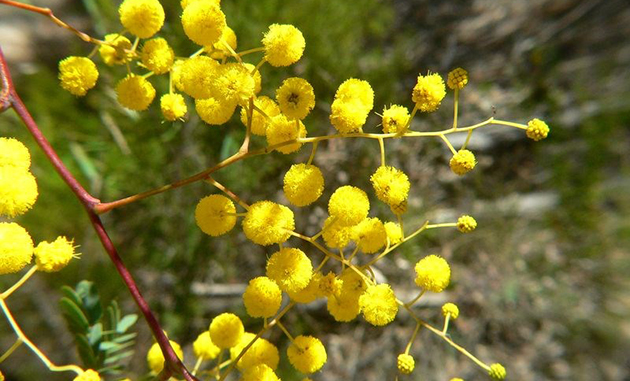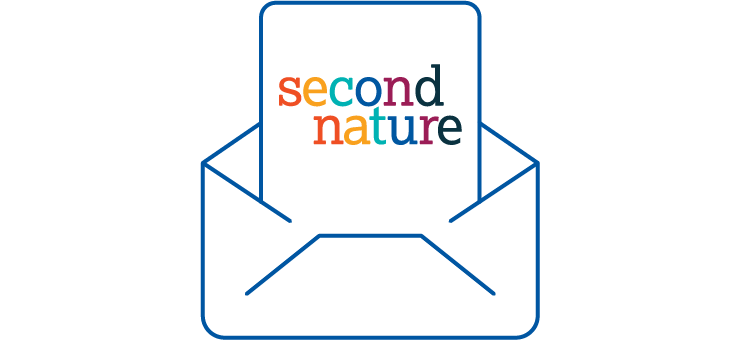- Home Home
-
Residents
Residents
- Waste & recycling Bins, clean-ups and disposing of tricky household items
- Parking Permits, car parks, maps and safety
- Your trees, plants & garden Tree pruning, native gardens and Living Connections
- Neighbourhood issues Report and resolve common issues
- Pets Dog and cat ownership, lost animals and off-leash parks
- Precinct committees Your local connection to Council
- Waverley LGA Maps Maps of the environment, planning zones and more
- Payments Pay for rates, certificates, permits and licences
-
Community
Community
- Children, youth & family services Early education, day care, support & resources
- Awards & grants Local Hero Awards, Garden Awards, Small Grants
- Get involved in your community Volunteering, creating connections, gardening
- Over 60s Services, activities, Mill Hill 60+ program
- Housing & homelessness Affordable housing, programs & support services
- Cultural diversity & inclusion Multiculturalism, language help, citizenship
- Aboriginal & Torres Strait Islander people Commitment to Reconciliation, plans & policies
- Disability inclusion Support services, access & inclusion projects
-
Business
Business
- Resources for Business Events, grants and support
- Innovation Roadmap 2025 to support business
- Tourism Home to Australia's most famous beach.
- Sponsorship Support local events
- Procurement Submitting tenders & expressions of interest to Council
- Commercial waste & recycling services Tailored waste services for business
- Mobile vending Waverley has limited mobile vending licenses
- Hello Bondi Council’s website to help visitors enjoy their stay
-
Recreation
Recreation
- Events Browse performances, exhibits and experiences
- Places of interest Historic buildings, markets, dining and Bondi Pavilion
- School Holiday Programs Fun-filled activities, workshops and events.
- Beaches & coast Beach information, safety, pool cleaning schedules
- Parks & reserves Location, public facilities and accessibility
- Arts & culture Artistic vision, creative programs, spaces and awards
- Venue & sport facilities hire Book indoor venues and sport facilities in Waverley
- Use of public spaces Events, commercial activations, filming etc
-
Environment
Environment
- Council leadership on environmental action Research, strategies and Council programs
- Climate resilience and reducing emissions Switch to electric, go solar and grants for apartments
- Water and the coast Keep beaches clean, save water and enjoy the sea
- Towards zero waste Reduce waste at home and at work
- Public tree management & urban greening Street Tree Masterplan and planting zones
- Native vegetation and animal habitat Join Bushcare and enjoy Waverley’s natural spaces
- Transport Council policy, bike and car share, electric vehicles
- Second Nature Council’s environmental news and events hub
-
Planning & Development
Planning & Development
- Development Applications The DA process, key documents & community consultation
- DA Tracking Tool Search a Development Application by number or date
- Application forms & certificates incl Planning, Rating, Construction and Occupation
- Waverley Local Planning Panel (WLPP) DA determination panel
- Compliance and regulations incl fire safety, food, pools and pollution
- Heritage incl Heritage Conservation Areas and fact sheets
- Urban planning and design Making Waverley a great place to live and work
- Major projects Council-delivered buildings, streets and parks
-
Council
Council
- Organisation structure Four directorates serve the community
- Mayor & councillors Your Mayor, Councillors, wards and contact details
- Council & committee meetings Dates, agendas and minutes of meetings of Council
- Advisory committees Advisory Committees of Council
- Policies, plans, strategies and reports Council's vision and delivery
- Jobs Current vacancies and working at Waverley
- Access to information Gaining access to publicly available information
- Payments Pay for rates, certificates, permits and licences
- Home
- >
- Environment
- >
- Native vegetation and animal habitat
- >
- Waverley’s plants & vegetation communities
- Council leadership on environmental action
- Climate resilience and reducing emissions
- Water and the coast
- Towards zero waste
- Public tree management & urban greening
- Native vegetation and animal habitat
- Transport
- Second Nature
Waverley’s plants & vegetation communities
Waverley has fifteen types of remnant vegetation communities; the more common ones being sea-cliff grassland, sea-cliff sedgeland and sea-cliff scrub. Within these vegetation communities there are 121 locally indigenous native plant species. These vegetation communities and the plants within them have evolved over many thousands of years to thrive in Waverley’s nutrient-poor soils and coastal climate conditions. Many of these plants are very tough, often with small and silvery-grey coloured leaves. These plants and vegetation communities provide a link to our landscape heritage and offer a distinctly coastal character to our parks and reserves.
Eastern Suburbs Banksia Scrub
Another native vegetation community present in Waverley is Eastern Suburbs Banksia Scrub, which is an endangered community of plants found only in Greater Sydney. In 1788, when Europeans first reached the lands of the Bidjigal and Dharawal peoples, the scrub occurred throughout what is now known as Eastern Sydney, North Head and parts of Royal National Park.
Today, over 90% of this beautiful heathland has been cleared and what remains is scarce, weedy and scattered across its range. Eastern Suburbs Banksia Scrub is listed as Critically Endangered by both the NSW and Australian Governments. More information.
Sunshine Wattle

Image credit ExploreOz.
Sunshine Wattle (scientific name Acacia terminalis ssp Eastern Sydney) occurs only in New South Wales and is currently only known to be in 27 populations within an area that extends for 23 km from the northern shores of Sydney Harbour to Botany Bay. Sunshine Wattle is listed as endangered by both the NSW and Australian Governments.
Want to start your own habitat garden? Read how. |
Quick links
- Your trees, plants and garden
- Community gardens
- Tree pruning and removal
- Development Control Plan 2022 (refer part B for Biodiversity)
Related forms/documents


